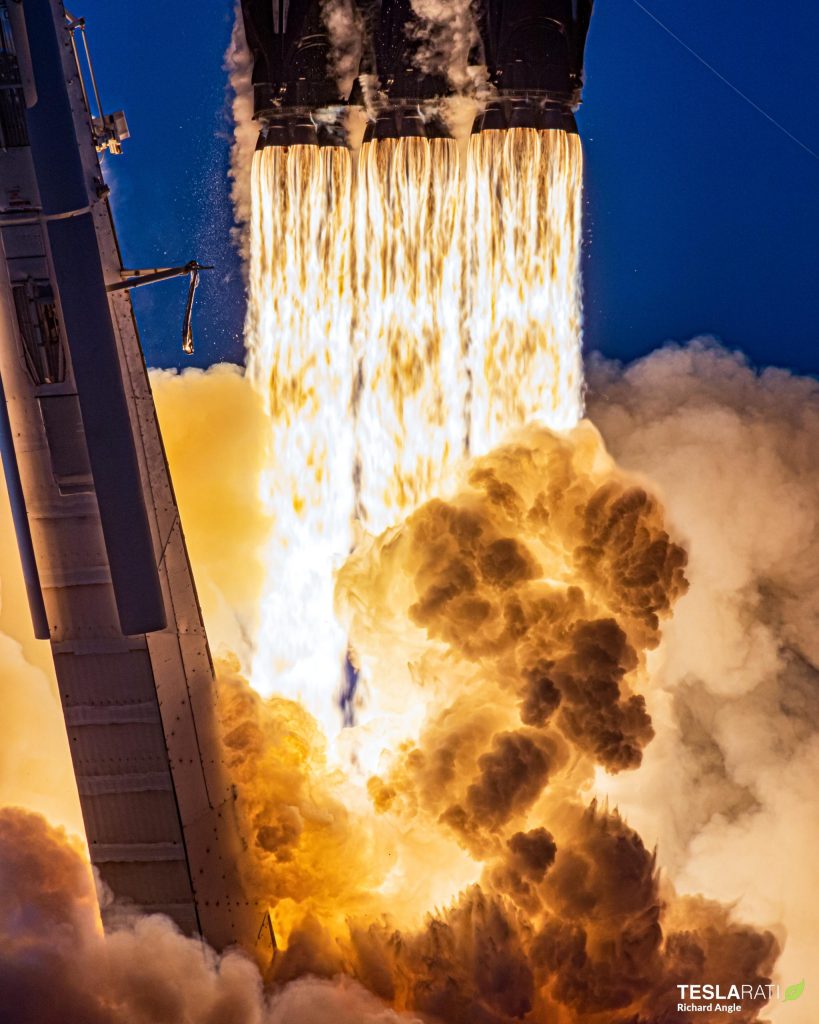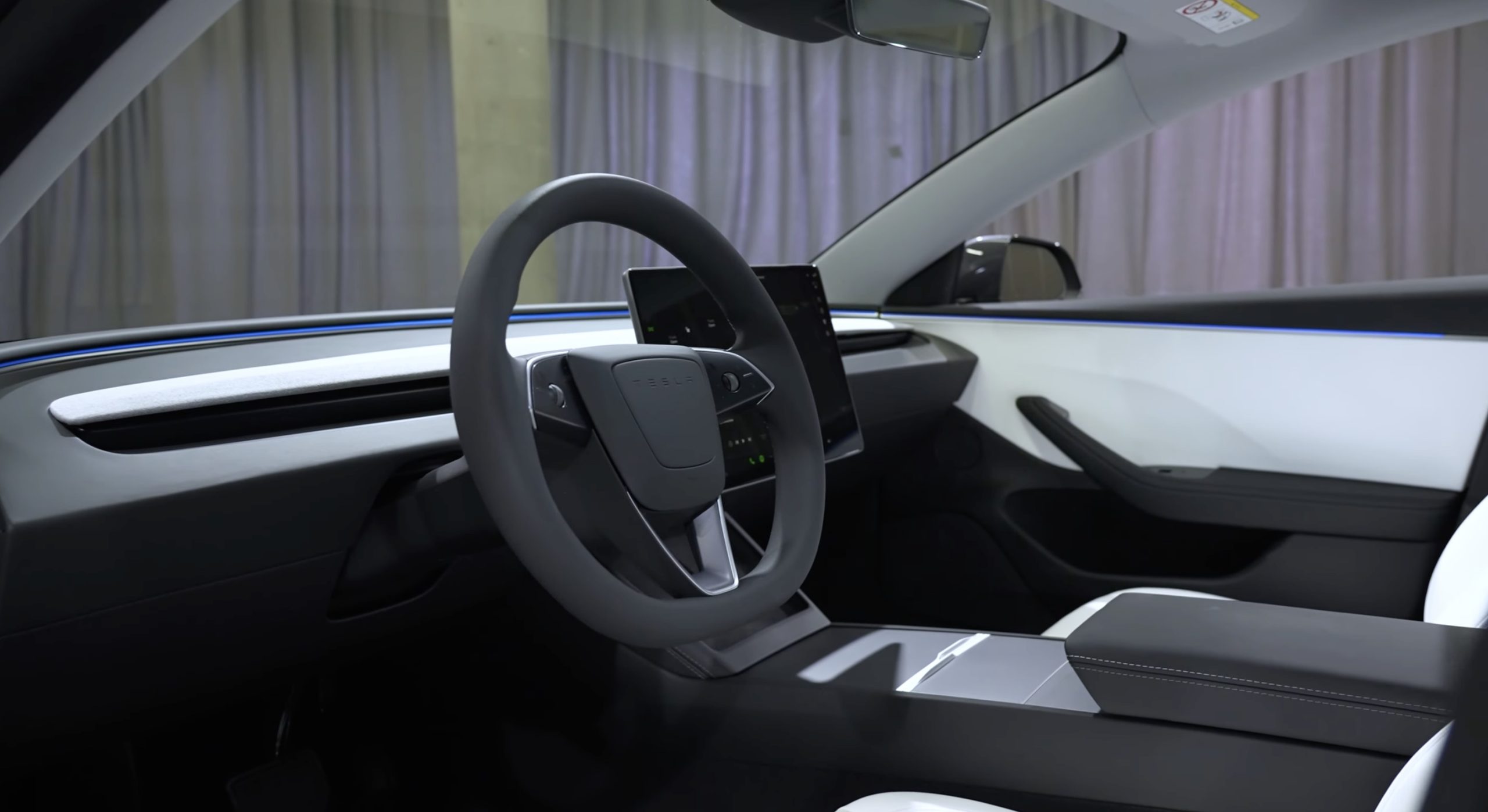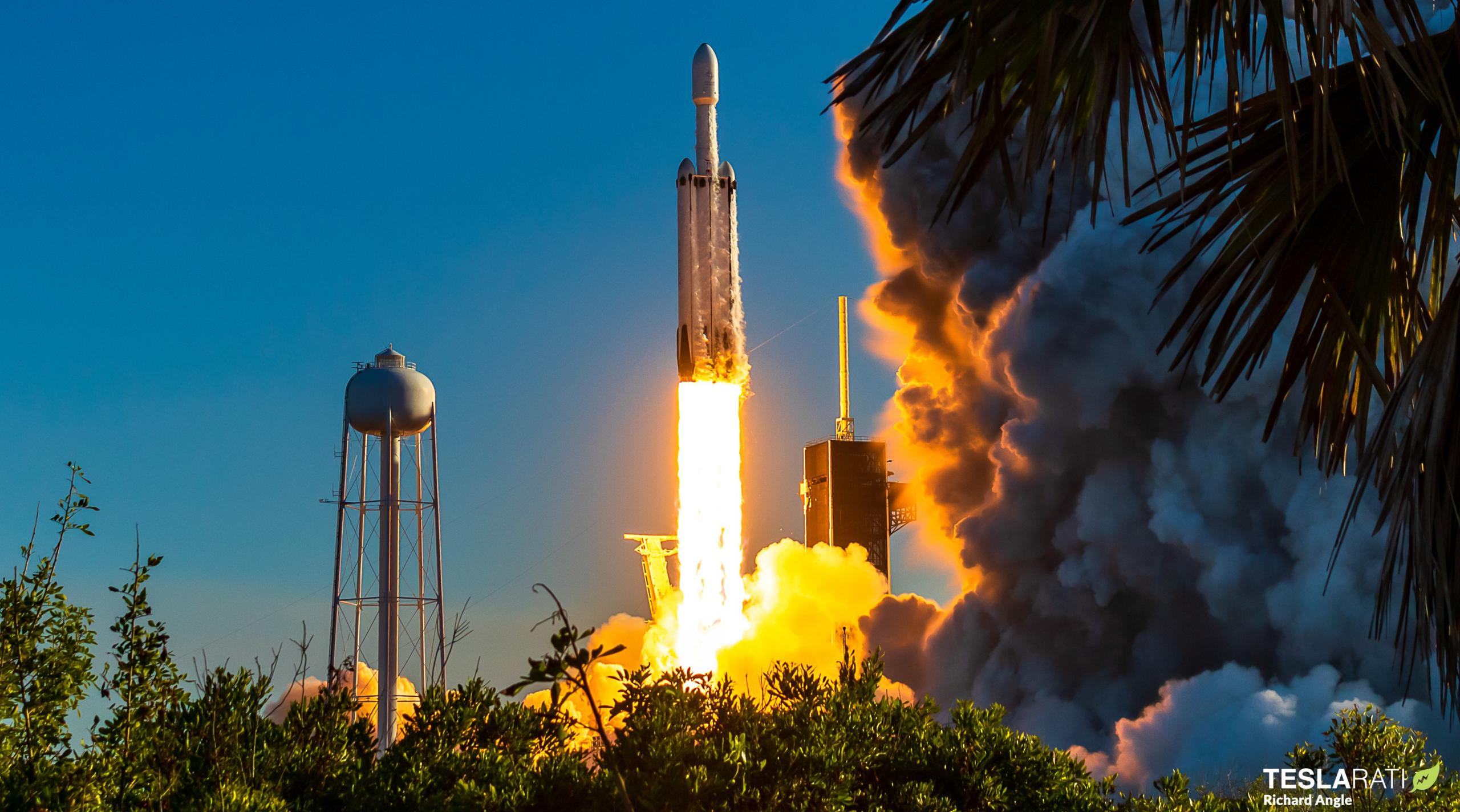In a statement issued to Bloomberg, the US Space Force says that SpaceX’s Falcon Heavy rocket could still conduct its first operational launch for the military before the end of the year.
That’s a large downgrade from late 2021 and early 2022, when – lacking any new information from the US military – it appeared that SpaceX could launch up to three Falcon Heavy rockets for military customers over the course of the year. Around eight months later, the world’s most powerful and capable operational rocket – backed by a strong manifest of 11 firm launch contracts – hasn’t flown once since June 2019. At that time, the rocket’s next launch was already expected no earlier than late 2020 – a roughly 18-month gap.
Instead, thanks to largely unspecified problems that have relentlessly delayed the completion of the satellites Falcon Heavy is supposed to launch, the rocket’s fourth flight is now unlikely to occur less than ~40 months after its third. Thankfully, a new Space Force decision should at least dull the pain caused by the endless shuffling of Falcon Heavy’s near-term launch manifest.
Alongside a slight schedule update stating that SpaceX’s first operational Falcon Heavy launch for the US military could still happen sometime from “October to December” 2022, the Space Force statement issued to Bloomberg mainly revealed the military branch’s June decision to permit SpaceX’s use of reused Falcon Heavy boosters on upcoming launches. While Bloomberg did not publish the statement in full or explain what the decision truly entails, the implication is that the Space Force will now let SpaceX assign flight-proven Falcon boosters – with US military oversight – to its military missions.
The US military will likely retain the ability to veto or modify SpaceX’s booster assignments and reuse sequencing, but the Space Force told Bloomberg that it’s confident that the “recovery, refurbishment, and launch of SpaceX boosters utilizes well-established processes.” In fact, the US military has already approved the use of flight-proven Falcon 9 boosters, several launches of which have since occurred, and even allowed SpaceX to fly two reused Falcon Heavy side booster’s on the rocket’s first (test) launch for the military.
It’s no surprise that that acceptance would eventually grow to include Falcon Heavy, which is similar to Falcon 9 in many ways. That it took the USSF until June 2022, three full years after STP-2 demonstrated the successful reuse of two Falcon Heavy boosters at once, to fully approve it is arguably far more surprising.

SpaceX will likely be able to plan for future Falcon Heavy launches more easily knowing that the US military should – in theory – be okay with the company reusing boosters on upcoming launches. That would be especially true if the military is comfortable with SpaceX reusing Falcon Heavy boosters that have supported non-military launches. After numerous delays, only one non-military mission – ViaSat’s first ViaSat-3 geostationary communications satellite – still claims to have a shot at a 2022 launch, but that target has slipped from spring, late-summer, and September 2022 to Q4 2022 since late 2021.
At one point, the US military’s USSF-44, USSF-52, and USSF-67 missions were all scheduled to launch on Falcon Heavy in 2022. Now, one reliable source states that USSF-44 and USSF-52 are indefinitely delayed, while another indicates that USSF-44 has slipped to December 2022 and USSF-52 to April 2023. Meanwhile, EchoStar’s Jupiter-3 commsat recently slipped to Q1 2023 and NASA’s Psyche asteroid explorer ran into software issues that delayed its Falcon Heavy launch from August/September 2022 to July or September 2023.
That leaves ViaSat-3 and USSF-67, both of which could launch in Q4 2022. But given just how delay-ridden ViaSat-3 has been and how temperamental all military Falcon Heavy payloads have been, the most likely outcome may already be zero Falcon Heavy launches in 2022.

Elon Musk
Tesla CEO Elon Musk announces major update with texting and driving on FSD
“Depending on context of surrounding traffic, yes,” Musk said in regards to FSD v14.2.1 allowing texting and driving.

Tesla CEO Elon Musk has announced a major update with texting and driving capabilities on Full Self-Driving v14.2.1, the company’s latest version of the FSD suite.
Tesla Full Self-Driving, even in its most mature and capable versions, is still a Level 2 autonomous driving suite, meaning it requires attention from the vehicle operator.
You cannot sleep, and you should not take attention away from driving; ultimately, you are still solely responsible for what happens with the car.
The vehicles utilize a cabin-facing camera to enable attention monitoring, and if you take your eyes off the road for too long, you will be admonished and advised to pay attention. After five strikes, FSD and Autopilot will be disabled.
However, Musk announced at the Annual Shareholder Meeting in early November that the company would look at the statistics, but it aimed to allow people to text and drive “within the next month or two.”
He said:
“I am confident that, within the next month or two, we’re gonna look at the safety statistics, but we will allow you to text and drive.”
“I am confident that, within the next month or two, we’re gonna look at the safety statistics, but we will allow you to text and drive.”
Does anyone think v14.3 will enable this? pic.twitter.com/N2yn0SK70M
— TESLARATI (@Teslarati) November 23, 2025
Today, Musk confirmed that the current version of Full Self-Driving, which is FSD v14.2.1, does allow for texting and driving “depending on context of surrounding traffic.”
Depending on context of surrounding traffic, yes
— Elon Musk (@elonmusk) December 4, 2025
There are some legitimate questions with this capability, especially as laws in all 50 U.S. states specifically prohibit texting and driving. It will be interesting to see the legality of it, because if a police officer sees you texting, they won’t know that you’re on Full Self-Driving, and you’ll likely be pulled over.
Some states prohibit drivers from even holding a phone when the car is in motion.
It is certainly a move toward unsupervised Full Self-Driving operation, but it is worth noting that Musk’s words state it will only allow the vehicle operator to do it depending on the context of surrounding traffic.
He did not outline any specific conditions that FSD would allow a driver to text and drive.
News
Tesla Semi just got a huge vote of confidence from 300-truck fleet
The confidential meeting marks a major step for the mid-sized carrier in evaluating the electric truck for its regional routes.

The Tesla Semi is moving closer to broader fleet adoption, with Keller Logistics Group wrapping up a key pre-production planning session with the electric vehicle maker’s team this week.
The confidential meeting marks a major step for the mid-sized carrier in evaluating the electric truck for its regional routes.
Keller’s pre-production Tesla Semi sessions
Keller Logistics Group, a family-owned carrier with over 300 tractors and 1,000 trailers operating in the Midwest and Southeast, completed the session to assess the Tesla Semi’s fit for its operations. The company’s routes typically span 500-600 miles per day, positioning it as an ideal tester for the Semi’s day cab configuration in standard logistics scenarios.
Details remain under mutual NDA, but the meeting reportedly focused on matching the truck to yard, shuttle and regional applications while scrutinizing economics like infrastructure, maintenance and incentives.
What Keller’s executives are saying
CEO Bryan Keller described the approach as methodical. “For us, staying ahead isn’t a headline, it’s a habit. From electrification and yard automation to digital visibility and warehouse technology, our teams are continually pressure-testing what’s next. The Tesla Semi discussion is one more way we evaluate new tools against our standards for safety, uptime, and customer ROI. We don’t chase trends, we pressure-test what works,” Keller said.
Benjamin Pierce, Chief Strategy Officer, echoed these sentiments. “Electrification and next-generation powertrains are part of a much broader transformation. Whether it’s proprietary yard systems like YardLink™, solar and renewable logistics solutions, or real-time vehicle intelligence, Keller’s approach stays the same, test it, prove it, and deploy it only when it strengthens service and total cost for our customers,” Pierce said.
News
Tesla extends FSD Supervised ride-alongs in Europe by three months
Needless to say, it does appear that FSD fever is starting to catch in Europe.

Tesla appears to be doubling down on its European Full Self-Driving (Supervised) push, with the company extending its demo ride-along program by three months until the end of March 2026. The update seems to have been implemented due to overwhelming demand.
Needless to say, it does appear that FSD fever is starting to catch in Europe.
Extended FSD demonstrations
Tesla EU Policy and Business Development Manager Ivan Komušanac shared on LinkedIn that the company is offering ride-along experiences in Germany, France and Italy while working toward FSD (Supervised) approval in Europe.
He noted that this provides a great feedback opportunity from the general public, encouraging participants to record and share their experiences. For those unable to book in December, Komušanac teased more slots as “Christmas presents.”
Tesla watcher Sawyer Merritt highlighted the extension on X, stating that dates now run from December 1, 2025, to March 31, 2026, in multiple cities including Stuttgart-Weinstadt, Frankfurt and Düsseldorf in Germany. This suggests that the FSD ride-along program in Europe has officially been extended until the end of the first quarter of 2026.
Building momentum for European approval
Replies to Merritt’s posts buzzed with excitement, with users like @AuzyMale noting that Cologne and Düsseldorf are already fully booked. This sentiment was echoed by numerous other Tesla enthusiasts on social media. Calls for the program’s expansion to other European territories have also started gaining steam, with some X users suggesting Switzerland and Finland as the next locations for FSD ride-alongs.
Ultimately, the Tesla EU Policy and Business Development Manager’s post aligns with the company’s broader FSD efforts in Europe. As per recent reports, Tesla recently demonstrated FSD’s capabilities for Rome officials. Reporters from media outlets in France and Germany have also published positive reviews of FSD’s capabilities on real-world roads.










